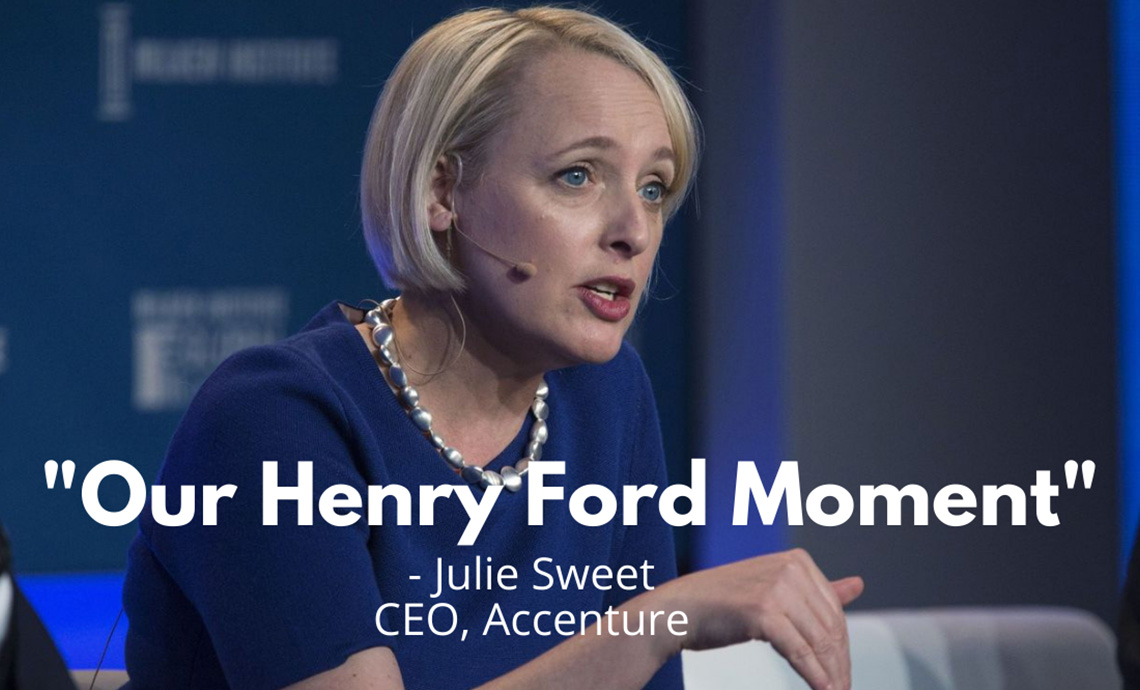Most of us can agree that perfect is the enemy of good, and data is no different. While traditional wisdom suggests that your data and processes must be nearly perfect before you can see value from a business intelligence initiative, new technologies have changed the economics of these efforts, allowing for fundamentally different approaches that provide value earlier in the process.
A Modern (Better) Approach to BI
Historically, the cost of a BI initiative was heavily weighted to the implementation phase — building infrastructure, developing processes to load data, and adjusting to new use cases were all costly and time-consuming efforts. To minimize these costs, organizations spent more time up front understanding business processes, identifying data sources, and cleansing data.
However, over the past decade, technological advances have drastically reduced the cost of implementation and changed the calculus about the order in which to prioritize tasks. With commoditized cloud hardware, decreasing storage costs, distributed processing of large datasets, and powerful visualization tools, organizations are free to take advantage of a project’s natural cadence and momentum and prioritize the highest value deliverables at the outset.
Momentum & Adoption: The Keys to Success
At the start of a BI initiative, almost everyone is optimistic, excited, and committed. A successful outcome can be transformational, both for the organization and for individual end users, so it is important to leverage the initial enthusiasm effectively by: 1) demonstrating value early and often to maintain momentum; and 2) maximizing end user adoption and engagement. To achieve this, you need to:
- Focus on delivering value. BI initiatives have traditionally prioritized activities, e.g. building infrastructure, cleansing data, or implementing data governance, that don’t deliver the most immediate value to the organization. By ensuring that you always work on the highest value activity, you will be able to deliver meaningful progress throughout the entire process.
- Start small. BI initiatives are too large to take on all at once. Start with a manageable piece that will provide real value to the organization and get it to the end users as quickly as possible. You’ll have something to show for your time and money and a much better idea about what to tackle next. Plus, you’ll still have the momentum, budget, and buy-in to keep going!
- Make the data easily accessible to your entire organization. Many BI initiatives struggle because they don’t get traction with enough end users. By involving them quickly and in a way that doesn’t require specialized expertise or training, you can enlarge the group of knowledgeable stakeholders and make it easier to accomplish goals, e.g. data governance, which require broader contributions and support.
- Stay agile. Executing BI initiatives takes time and the objectives often evolve to become more sophisticated than when you began. By starting small, focusing on value, and iterating towards your goals, you will provide yourself with flexibility to incorporate what you learn into decisions about shifting priorities.
Reduce the Risk
For organizations looking to advance their missions through data-driven decisions, BI initiatives present tremendous potential to drive growth through insights; unfortunately, they are often accompanied by the risk of committing significant time and budget to initiatives that fall short of delivering meaningful value.
More than ever, it is critical to employ an approach that reduces this risk to offer the best chance of success. Built to support the four fundamental principles above, the Nucleus data analytics platform ensures organizational success with a relentless focus on maintaining momentum, encouraging end user adoption, and delivering value quickly.
{{cta(‘c9b7b7dc-fe89-4a87-9343-ab45bdbf2ac2’)}}



